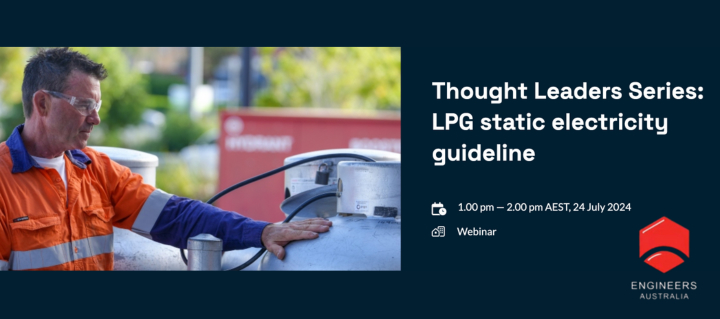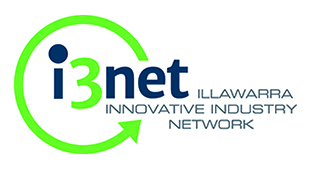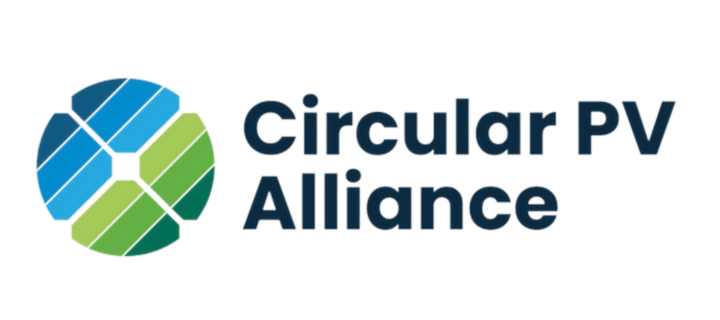Thought Leaders Series: LPG static electricity guideline
Providing an overview of the hazards associated with static electricity when handling LPG

Whenever LPG is handled or transferred, particularly during manual processes there is the potential for leaks or intentional releases of LPG. Sources of static electricity in the vicinity of a leak or release could ignite the LPG / air mixture. This presentation provides information about the nature of static electricity hazards and guidance to reduce the likelihood of ignition due to static electricity. The presentation will provide information that can be used to inform LPG industry professionals, facility managers, company safety officials, employees and members of the public about the hazards of static electricity when handling LPG.
The presentation is predominately intended to be applied when LPG is transferred since this is where leaks or releases of LPG are more likely to occur. Examples include connection of cylinders to appliances, filling of LPG cylinders and transfer of LPG between vessels.
Origin LPG has developed Guidelines for the management of electrostatic discharge, which will be able to be accessed from their web site August 2024 The guidelines should be used in conjunction with industry standards, and any other relevant instruction issued by regulatory authorities.
Key messages-
- Fundamentals of flammable gas ignition
- Hazardous area classification basic principles
- Electrostatic discharges as an ignition source
- Relevant standards and developments AS 1020, AS 60079.32.1 and AS/NZS 1596
- Managing the hazard of electrostatic discharge when handling LPG
Who should attend
This webinar is highly relevant for anyone working in the process safety in gas, chemical engineering, LPG operations, LPG service and maintenance.
You do not need to be an Engineers Australia member to attend.
















